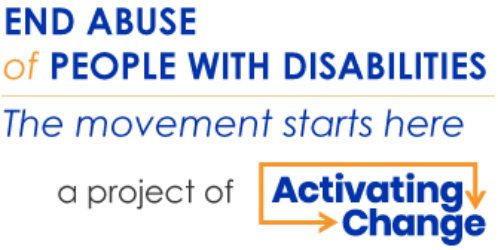Sexual Victimization of Men with Disabilities and Deaf Men: A National Snapshot
The Americans with Disabilities Act (ADA) defines disability as any “physical or mental impairment that substantially limits one or more major life activities.”1 Major life activities include seeing, hearing, reading, walking, and eating. Based on this definition, approximately 20 percent of Americans have a disability.2 Unfortunately, research suggests that having a disability may increase a person’s risk for experiencing victimization. Based on the most recent national estimates, the rate of violent victimization against people with disabilities was more than twice the rate for those without disabilities.3 The rate of serious violent victimization (including sexual assault, robbery, and aggravated assault) was more than three times higher than the rate for people without disabilities. Studies also show that people with disabilities have a higher probability of repeat victimization, and by multiple perpetrators.4
Since 2005, the Vera Institute of Justice (Vera) has been working within communities to address victimization of people with disabilities. In those communities, we have heard a common refrain: At the intersection of violence and disability, men with disabilities experience domestic and sexual violence at rates higher than their counterparts without disabilities. Because so much of the narrative surrounding domestic and sexual violence has assumed that the primary victims are female, Vera sought to better understand the victimization experiences of male survivors with disabilities and those who are Deaf and delineate the challenges they face when accessing victim services. In partnership with the U.S. Department of Justice’s Office on Violence Against Women (OVW), Vera’s Center on Victimization and Safety launched a project to explore these issues in depth. The goal was to raise awareness of these underserved survivors, build consensus about the barriers to services, and begin identifying potential solutions.

